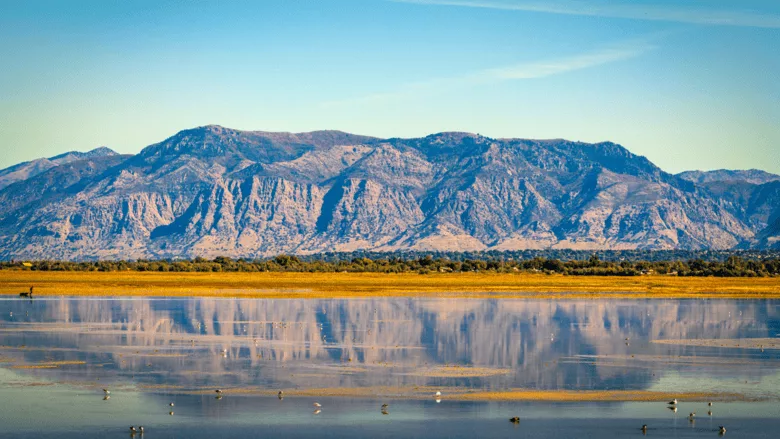EPA Awards $2 Million to Clean Up Contaminated Sites in Utah
The focus will be on the SLC Station Center area

Image via Sean Pavone from Getty Images
Big news for Salt Lake City: the University of Utah has just been awarded $2 million by the U.S. Environmental Protection Agency (EPA) to help clean up and revitalize contaminated land around the city. The grant comes through the EPA’s Brownfields Program, which focuses on transforming polluted or neglected properties into usable, vibrant community spaces.
“The Brownfields program is about turning opportunity into action, and the University of Utah has done exactly that,” said Cyrus Western, EPA’s Region 8 Administrator. “This funding is a smart use of resources that reflects our commitment to both economic growth and environmental responsibility.”
The focus will be on the SLC Station Center area, where previous tests found harmful pollutants like arsenic and volatile organic compounds in the soil and groundwater. Now, with this new funding, the University plans to clean up the site and prepare it for future commercial development. The project fits neatly into Salt Lake City’s larger vision for the Rio Grande neighborhood, an area they’re working to transform into a thriving, pedestrian-friendly district filled with businesses, public spaces, and greenery.
“This is not just about cleanup. It’s about transforming spaces that were once overlooked into engines of community growth,” added an EPA spokesperson from Region 8.
The grant is part of a much bigger push—$267 million in Brownfields funding announced this year by EPA Administrator Lee Zeldin. “This funding puts the agency’s commitment to protect human health and the environment into action while remaining good stewards of tax dollars and advancing policies to energize the economy,” Zeldin said.
Since launching in 1995, the Brownfields Program has funneled nearly $2.9 billion into cleanup efforts across the country. The return on that investment? Over $42 billion in redevelopment and more than 220,000 jobs created.
And if the city’s plans come to life as envisioned, Salt Lake residents can expect a serious upgrade: open-air plazas, leafy green walkways, lively storefronts, and a neighborhood people actually want to be part of. It’s about more than removing toxins—it’s about bringing new life to old places.
Looking for a reprint of this article?
From high-res PDFs to custom plaques, order your copy today!





